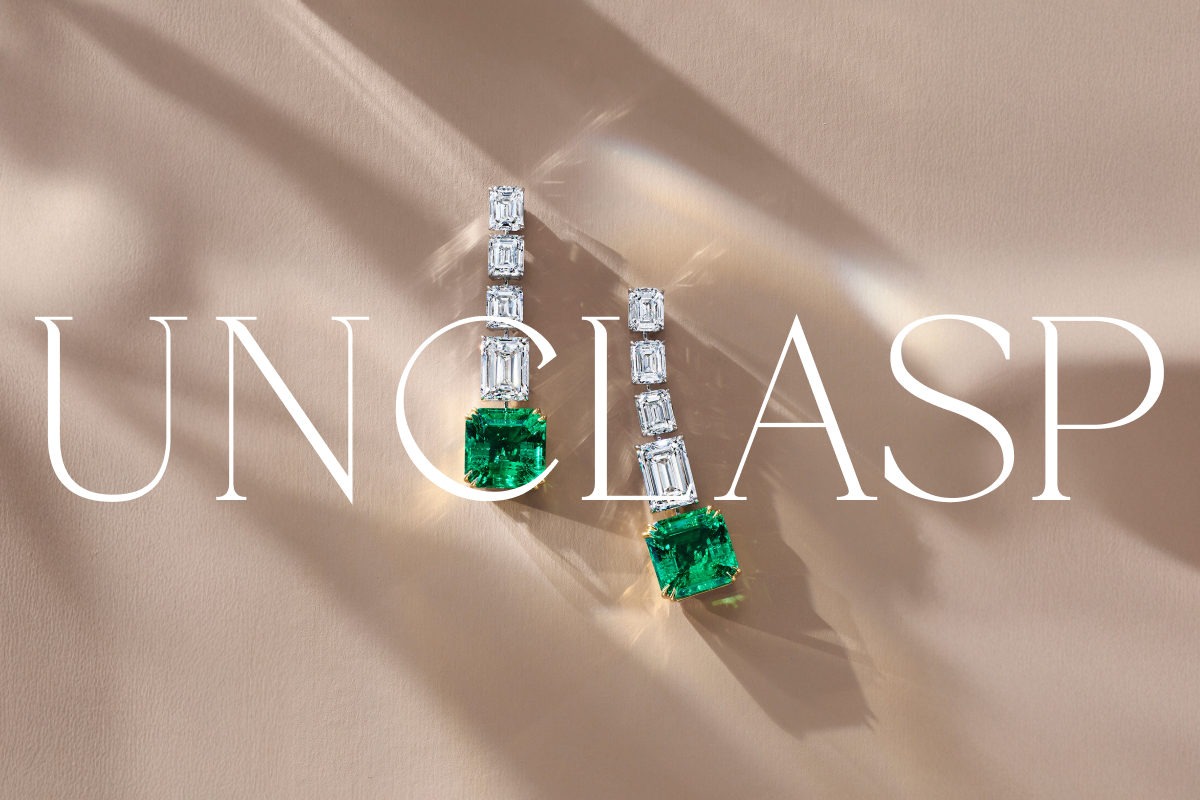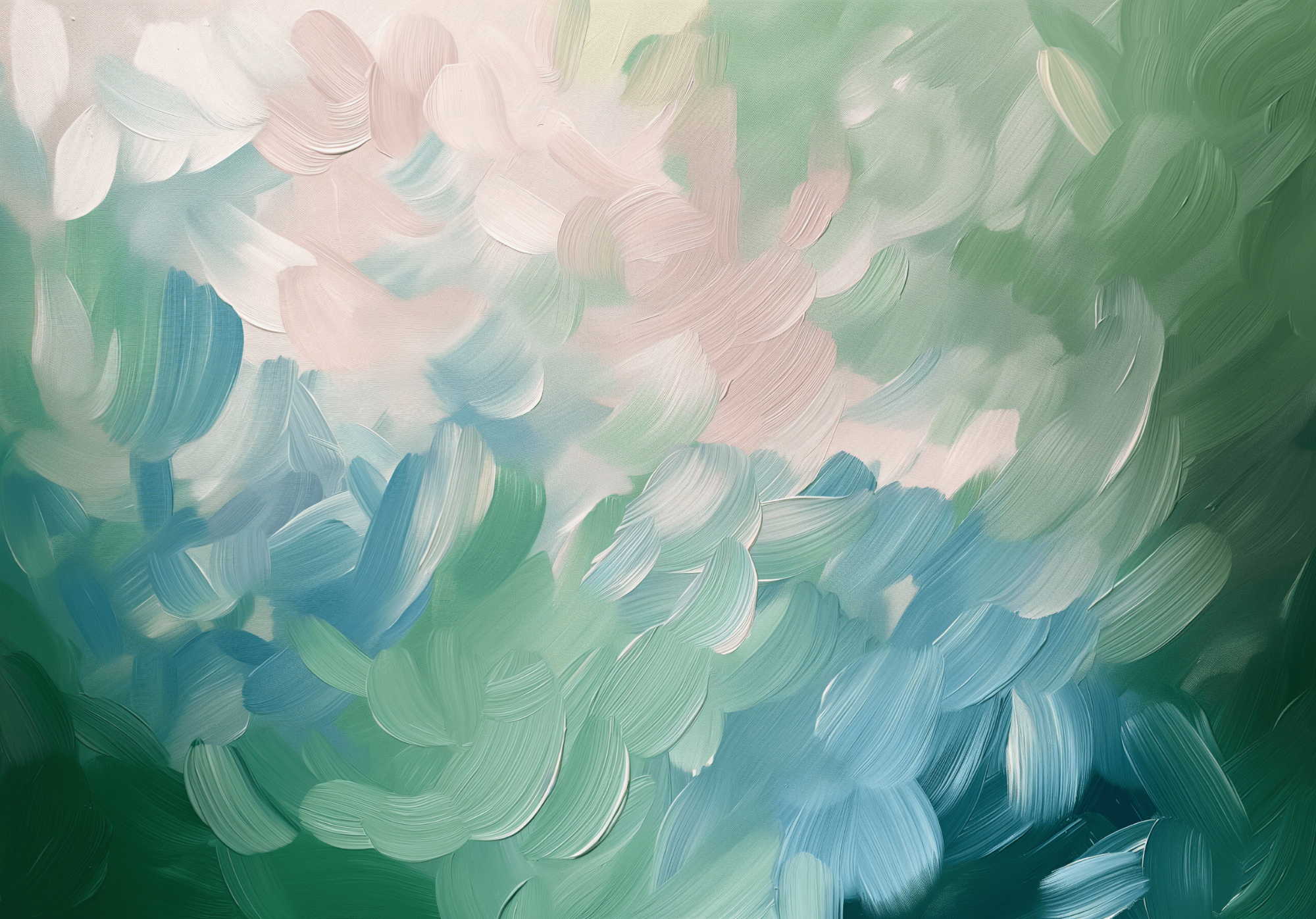Diamond Cut Buying Guides
Round Diamond Buying Guide
Purchasing the perfect round diamond is about understanding and prioritizing proportions. Diamond proportions—ratios between depth, table size, crown angle, and pavilion depth—are vital to a diamond’s brilliance and fire.
Why Diamond Proportions Matter:
Excellent proportions allow optimal reflection and refraction of light, resulting in superior brilliance. Diamonds cut too shallow or too deep lose light, appearing dull and lifeless. Therefore, cut quality and proportions should be prioritized above colour and clarity.
Only Round Diamonds included a Cut Grade, which makes them unique among other types of Diamonds. We look for Excellent or Very Good Cut Diamonds, which we display for sale.
Ideal Proportions for Round Diamonds:
-
Depth Percentage: 59% – 62.6%
-
Table Percentage: 54% – 57%
-
Girdle Thickness: Thin to Slightly Thick
-
Culet: None to Pointed
-
Length to Width Ratio: 1.0 – 1.03
Proportion Definitions:
-
Table Percentage: Ratio of the diamond’s top facet width to its diameter.
-
Depth Percentage: Ratio of diamond depth (height) to width (diameter).
-
Girdle Thickness: The band separating crown and pavilion.
-
Culet: Bottom tip of the diamond; smaller is preferable.
-
Length to Width Ratio: Indicates symmetry; near 1.0 is ideal for round diamonds.
How to Choose a Diamond:
-
Certification: Choose diamonds graded "Excellent" by reputable labs like GIA.
-
Inspect proportions: Use ideal ranges to eliminate poorly cut stones.
-
Balance Budget: Prioritize cut quality over color and clarity.
-
Visual Inspection: Use high-definition images (available online via trusted retailers like James Allen or Blue Nile) to confirm brilliance and quality.
Following these guidelines ensures selecting a round diamond with stunning brilliance. For more information, reach out to our Customer Support team at support@unclasp.ca.


